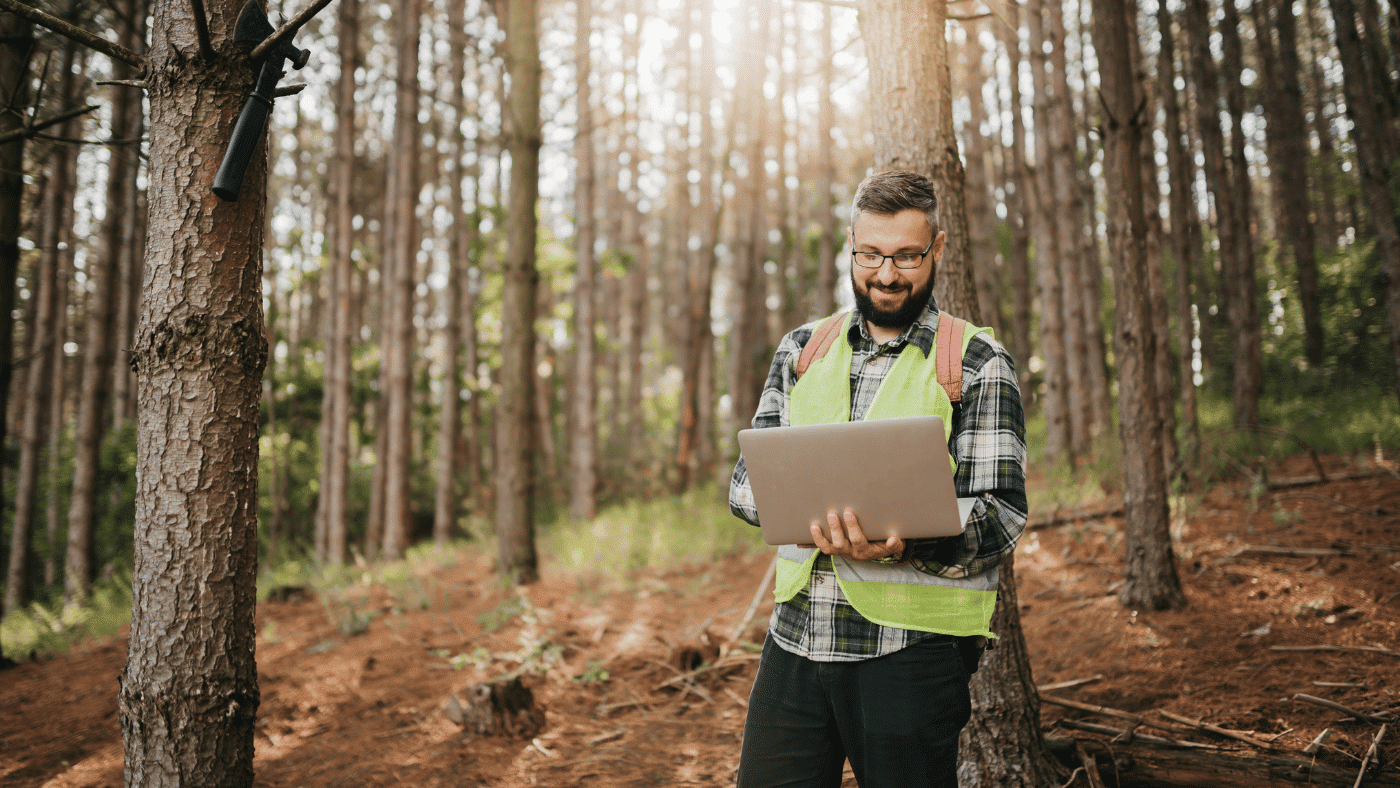This blog sheds light on the persistent problem of Polychlorinated Biphenyls (PCBs) in the construction and engineering industries. Despite being banned in the United States since 1979, PCBs continue to be a hazard for human health and the environment due to their extreme stability and resistance to breakdown.
What are PCBs?
Polychlorinated Biphenyls (PCBs) are a group of synthetic organic chemicals consisting of chlorinated hydrocarbons. Characteristics of PCBs include a clear to yellow color, no taste or smell and extreme resistance to temperature and pressure. PCBs can exist as an oily liquid or a waxy solid, and PCBs do not easily break down in the environment. PCBs are commonly referred to as Aroclors, the trade name for PCB mixtures manufactured for many industrial and commercial purposes. There are several different types of Aroclors, which vary based on the percentage of chlorine by mass in the chemical. The most common Aroclors are Aroclor 1242, 1254, and 1260.
PCBs were manufactured in the United States between 1929 and 1979. Due to their non-flammability, chemical stability, high boiling point and electrical insulating properties, PCBs were widely used in dielectric fluids found in transformers, capacitors and coolants. Other common commercial and industrial uses of PCBs included paints, plastics, rubber, dyes, caulk, hydraulic fluid, electrical appliances and fluorescent lighting fixtures. In 1979, the United States Environmental Protection Agency (USEPA) banned the manufacture, use and distribution of PCBs under the Toxic Substances Control Act (TSCA).
Banned, But Still Present and a Problem
While the production of PCBs was banned in 1979, PCBs have been released into the environment as a result of spills and leaks of PCB-containing dielectric fluid from electrical equipment, improper storage and disposal of PCB waste, ocean dumping, burning of PCB-containing products and direct spraying of PCBs for dust control. Even today, releases of PCBs still occur from PCB sources that were produced/manufactured prior to 1979 and are still in use. As a result, PCBs are present in soil, groundwater, surface water, air, plants and animals within the environment. In fact, it is estimated that more than half of the 1.5 billion pounds of PCBs produced in the United States have been released into the environment. The physical and chemical properties of PCBs that made them desirable for manufacturing and commercial use are also what makes PCBs difficult to breakdown/degrade once released into the environment.
Once PCBs are released into the environment, they may migrate through environmental media such as soil, groundwater, surface water and air. PCBs are nonpolar and have a low water solubility. As a result, they bind strongly to soils, and PCBs can migrate through surface water and groundwater via entrainment of contaminated soil/sediment particles or by binding to organic particles in the water. PCBs have low vapor pressure and volatility; however, PCBs will still volatilize from soil and water over time due to their widespread presence and extreme stability. Once in the air, PCBs can travel long distances and be re-deposited on soil and in water via precipitation.
PCBs are hazardous to human health. Potential chronic effects of PCB exposure include cancer, birth defects, growth impairment, behavioral changes, hormonal imbalances and nervous system damage. Humans may be exposed to PCBs via ingestion, inhalation or dermal absorption. When investigating, remediating or disposing of PCB-impacted media, it is important to utilize proper personal protective equipment (PPE) to minimize the risk of exposure to PCBs. Proper PPE for PCB-cleanups should include disposable cover boots, disposable coveralls suit, safety glasses and nitrile gloves. Respiratory protection is also recommended.
PCB Waste
PCB Remediation Waste is defined in 40 CFR 761.3 as waste containing PCBs from a spill, release or other unauthorized disposal of PCBs if any of the following conditions are met:
- Materials that were disposed of prior to April 18, 1978 and are at concentrations ≥ 50 parts per million (ppm), regardless of the concentrations of the original spill
- Materials at any concentrations where the source of the spill was ≥ 500 ppm beginning on April 18, 1978 or ≥ 50 ppm beginning on July 2, 1979
- Materials at any concentrations if the PCBs are spilled or released from a source not authorized for use under 40 CFR 761
PCB remediation waste is subject to the cleanup and disposal requirements listed in 40 CFR 761.61. It is the responsibility of the party performing the remediation and waste disposal to establish the date of a historical PCB release and original source concentration in order to determine if PCB-impacted material is classified as PCB remediation waste.
To determine the most likely release scenario regarding PCB contamination at a site, the site’s history must be evaluated using information pertaining to previous site activities and the dates of operations. This information may be found through previous environmental reporting, regulatory databases or State spill records, waste shipment reports and/or certified manufacturer’s labelling on PCB-containing equipment.
Another regulated type of PCB waste is PCB Bulk Product Waste, defined in 40 CFR 761.3 as waste derived from manufactured products containing PCBs in a non-liquid state, at any concentration where the concentration at the time of designation for disposal was ≥50 ppm PCBs. Examples include, but are not limited to, paint, caulk, adhesives, plastics varnishes, waxes, furniture laminates, sealants and gaskets. PCB bulk product waste is subject to the disposal requirements listed in 40 CFR 761.62.
In October 2012, the USEPA reinterpreted its position regarding PCB-contaminated building materials as a result of leaching from PCB bulk product waste. The updated regulations allow for building materials that are adjacent to PCB bulk product waste, and have been impacted by PCBs from leaching, to be disposed of as PCB bulk product waste, as long as the materials are still attached at the time of designation for disposal. The previous interpretation required the impacted building materials from leaching to be disposed as PCB remediation waste. This reinterpretation makes the removal and disposal of PCB-contaminated building materials more cost effective, efficient and straightforward.
When Clean-up is Required, Check and Follow Established Regulations, Policies and Guidelines
Despite the banning of PCB production in the United States, these chemicals continue to be present in the environment due to both historical and new spills/releases. PCBs are harmful to human health, and it is important to take the necessary precautions when dealing with PCBs to avoid ingestion, inhalation, and dermal absorption of PCBs. When conducting a PCB cleanup, it is necessary to determine if the PCBs present in the environment meet the threshold for PCB remediation waste or PCB bulk product waste. If PCB remediation waste or bulk product waste is identified, then the applicable regulations regarding cleanup and disposal must be followed.
How VERTEX Can Help
At VERTEX, we understand the complexities of environmental claims and are dedicated to providing expert consulting services to help our clients navigate through the challenges of PCB-related issues. Contact us today to learn more about how we can assist you with environmental claims consulting.
To learn more about the best practices for PCB waste cleanup and disposal, please contact Coleman Macuch (cmacuch@vertexeng.com).




